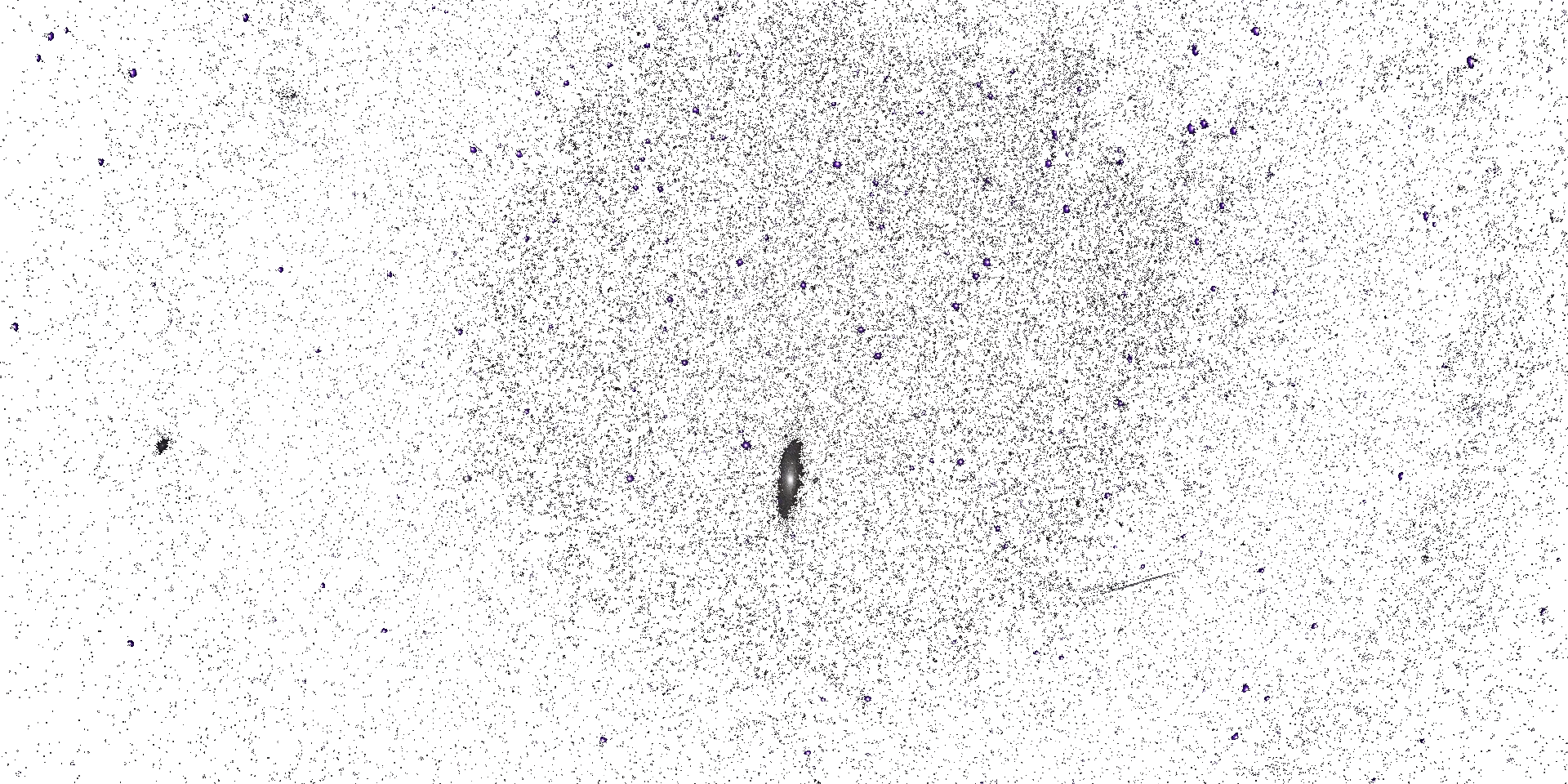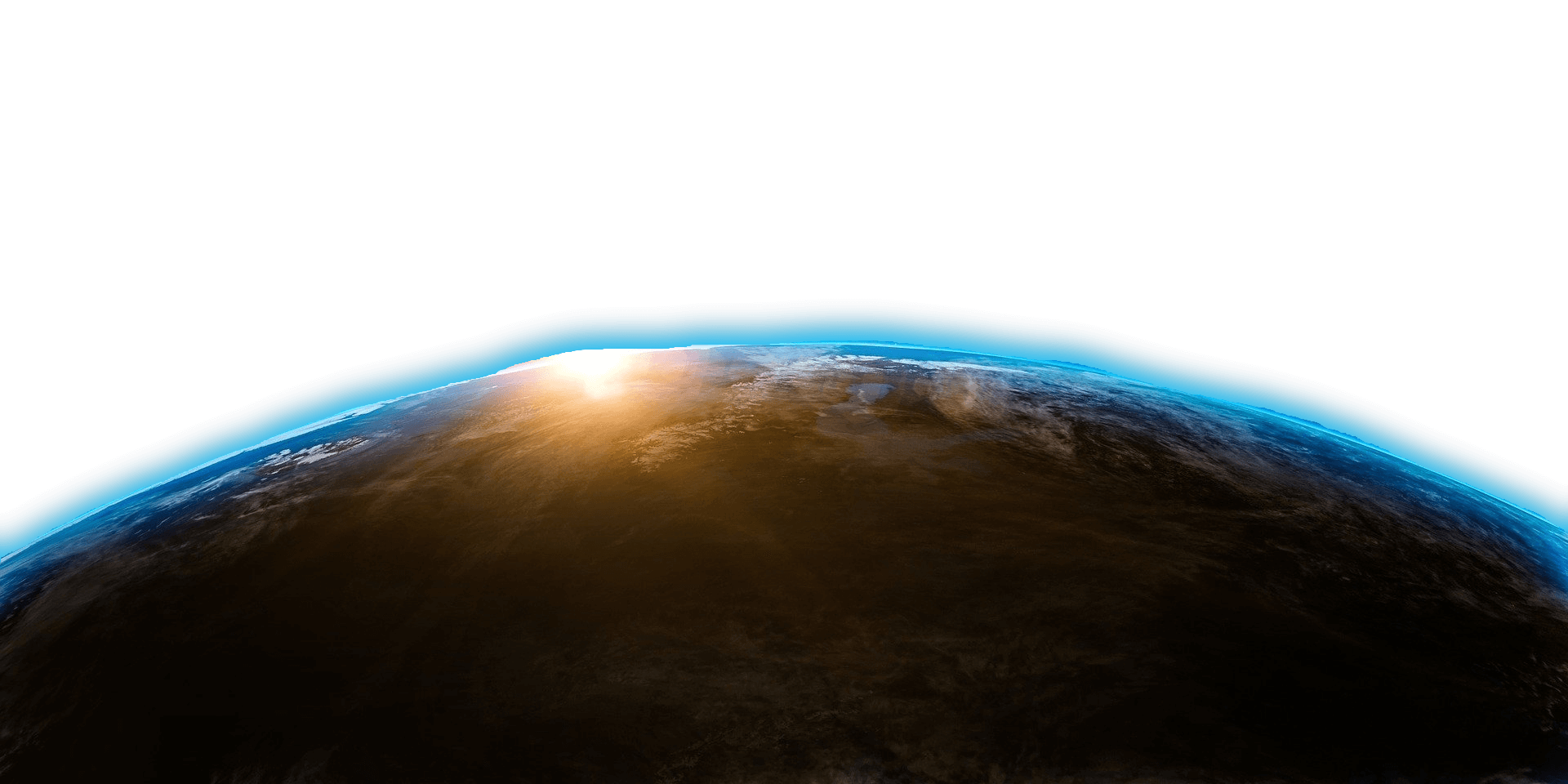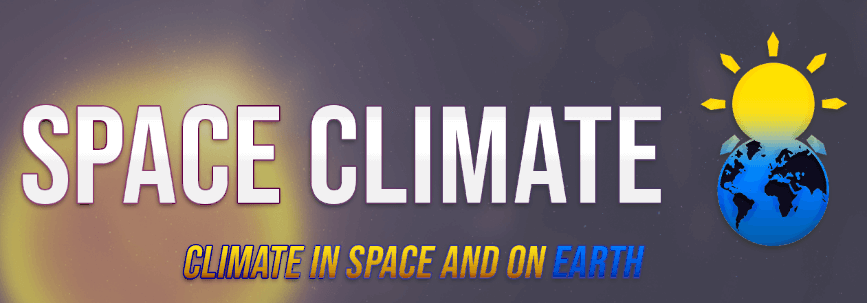




Space Climate 8 Meeting Abstract
Long-term prediction of Sudden Stratospheric Warmings with Geomagnetic and Solar Activity
Mikhail Vokhmianin (University of Oulu)
Timo Asikainen, Antti Salminen, Kalevi Mursula
Polar vortex is a strong jet of westerly wind which forms each winter around the polar stratosphere. Sometimes, roughly every other winter, the polar vortex in the Northern Hemisphere experiences a dramatic breakdown and associated warming of the polar stratosphere. Such events are called sudden stratospheric warnings (SSW) and they are known to have a significant influence on ground weather producing cold and harsh winter weather, e. g., in Northern Eurasia and large parts of North America. Typically, these events are thought to occur due to planetary waves originating in the troposphere and propagating up to the stratosphere where they may disrupt the vortex leading to its breakdown. Recent studies have shown that the occurrence rate
of SSWs depends on factors internal to the climate system, but also noticeably on geomagnetic activity (a proxy for energetic electron precipitation) and solar activity (a proxy for solar irradiance). Here, we confirm some of these earlier results and show that the SSW probability depends significantly on a favorable combination of (1) geomagnetic and (2) solar activity and (3) the direction of the prevailing equatorial stratospheric winds (so-called QBO, Quasi-Biennial Oscillation). We also examine the possibility of using these three factors to predict the occurrence probability of SSWs with several months lead time.
Mode of presentation: oral (Need to be confirmed by the SOC)
